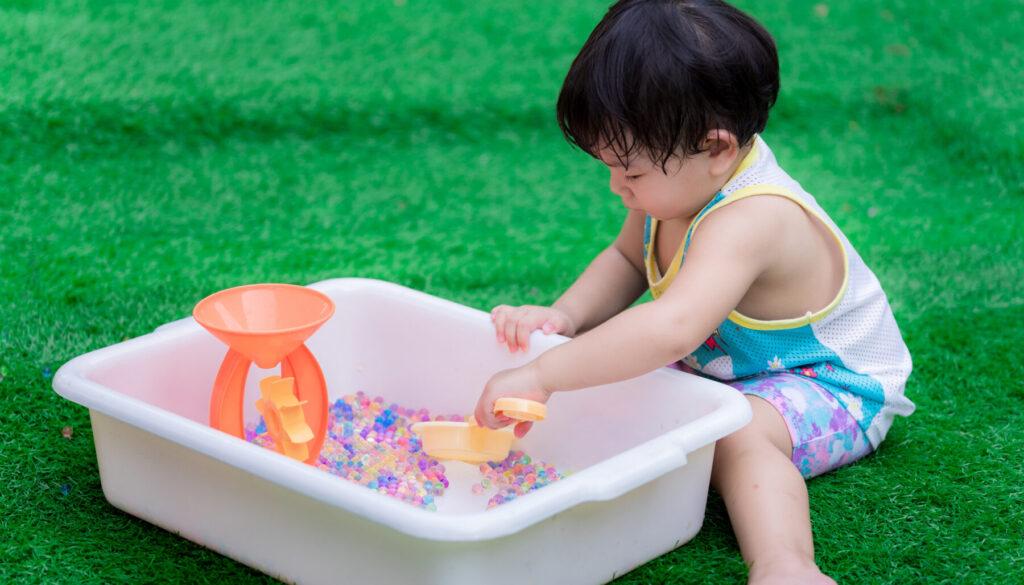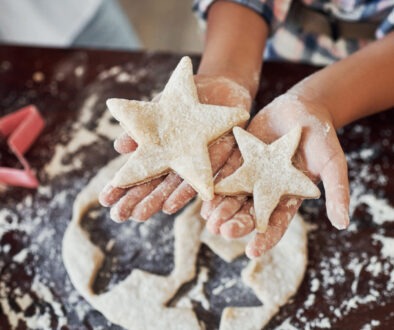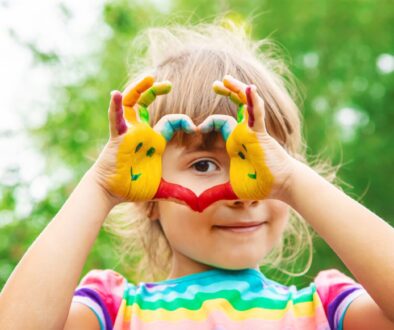Learning Through Our Senses

Children engage with the world in a hands-on way, using their senses to explore and understand their environment. Sensory learning—through touch, taste, sight, sound, and smell, is a cornerstone of their cognitive, emotional, and social development, shaping how they grow and interact with the world.
When children experience the softness of a blanket, the rustle of leaves, or the sweetness of a treat, they do more than just enjoy the moment. These sensory encounters create vital neural connections in their brains, strengthening memory, language, and problem-solving skills. Every sensation becomes a building block for understanding, turning exploration into a powerful learning tool.
Language development also flourishes through sensory experiences. Describing a crunchy apple or the squishiness of playdough introduces new vocabulary and deepens their ability to communicate. Through these hands-on moments, children learn to express themselves and share their world with others.
Touch and movement are particularly crucial for developing motor skills. Activities like finger-painting, stacking blocks, or digging in sand refine both fine and gross motor abilities, improving hand-eye coordination and control. These playful moments are essential for physical growth and confidence.
Sensory learning also fuels curiosity. The natural wonders of texture, sound, and smell inspire young minds to explore and ask questions, fostering a sense of wonder that motivates them to learn more about their surroundings. Alongside this curiosity, sensory play supports emotional well-being. Engaging with water, molding clay, or listening to soothing music can help children process emotions, find comfort, and manage stress.
By immersing themselves in sensory-rich experiences, children connect with the world in profound and meaningful ways. Parents and caregivers can nurture this growth by encouraging exploration and celebrating the messy, tactile, and curious learning journey. Letting children touch, listen, feel, and discover is the foundation of a confident, capable future.





